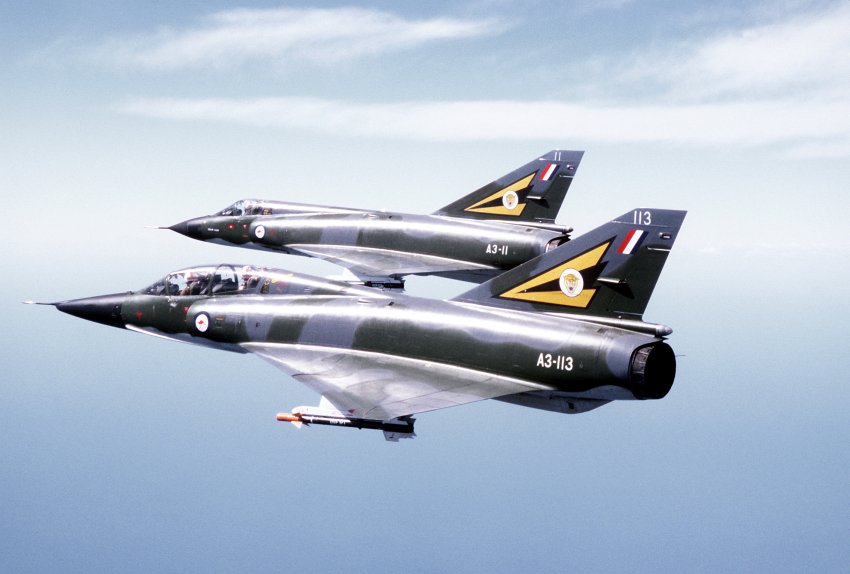
The staged drama of PM Scott Morrison’s June 19 cyber scare media conference and the media-in-tow Australian Federal Police raids on NSW Labor MP Shaoquett Moselmane make political sense as a cynical softening up exercise for the Coalition government’s July 1 public launch of a plan to spend $270 billion on mainly offensive military weapons.
The federal government whipped up public hysteria about a supposed military threat from China and the corporate media and the timid Labor opposition played along.
There is no threat of military attack by China against Australia as the government’s 2020 Defence Strategic Update and the broader 2020 Force Structure Plan make clear.
Both reports assert that the increased offensive military capacity is not motivated by the threat of military attack — their assessment is that the prospect of “high-intensity military conflict in the Indo-Pacific” — deliberate or by miscalculation — remains remote.
Significantly, these reports abandon previous military strategic papers’ use of the threat of a “major conventional attack against Australia” as the primary justification for military strategy.
What Australia’s more aggressive military posture now explicitly targets is the increasing economic competition between the United States and China which, it says, “will be the principal driver of strategic dynamics in our region”.
Added to this is an expectation that the global economic crisis — precipitated by the COVID-19 pandemic — is creating more instability.
“The enormous economic impact of measures to contain the spread of the virus will set back development,” argues the 2020 Defence Strategic Update. “This economic shock could undermine political and social stability.
“It is unlikely that the pandemic will fundamentally alter either the longer-term shift in relative global economic and strategic weight to the Indo-Pacific or China’s more active pursuit of greater influence in the Indo-Pacific. But it will have implications for how these trends develop.
“While collaboration and cooperation is expanding in response to the pandemic, some countries are using the situation to secure greater influence. Strategic competition between the United States and China is unlikely to abate, and the pandemic has sharpened aspects of this competition.”
The $270 billion investment in Australia’s offensive military capability (part of the Coalition government’s projected military spending of $575 billion over the decade to 2029-30) is aimed at shoring up Australian imperialism’s power to militarily intimidate and bully poorer and militarily weaker governments in the region.
Labor opposition leader Anthony Albanese rushed to offer bi-partisan support and praised the Prime Minister for signalling the government’s greater focus on the Indo-Pacific region. But Morrison did not signal any retreat from Australia’s imperialist interventions outside the region as part of its war alliance with the US.
“We remain prepared to make military contributions outside of our immediate region, where it is in our national interests to do so, underscored, including in support of US-led coalitions, and where it matches the capability we have to offer,” Morrison said.
Where Australian military capability can be applied in other theatres or for other purposes, he added, “then, of course, we show up”.
Morrison said that Australia’s military restructure was based on maintaining “a credible capability to respond to any challenge in our immediate region” where “we must be most capable”.
This, he argued, would be Australia’s best contribution to “our ever-closer alliance with the United States, which is the foundation of our defence policy”.
Pandemics like COVID-19, and growing water and food scarcity, argues the Defence Strategic Update, “are likely to result in greater political instability and friction within and between countries and reshape our security environment”. Coyly and briefly, the report acknowledges that “extreme weather events in which climate change plays a part” is a major cause of this situation.
But the government’s response is not to prepare to help deal with these crises let alone take action to help avert, or at least abate, them.
Rather, it is to prepare to respond with more intimidating and deadly military force targeting among other things “irregular maritime arrivals”, imperialist-speak for refugees.
Australia will continue to participate in “intelligence sharing (including through the Five Eyes arrangement)”, which is basically the secretive deal between the Anglophone imperialist countries of the US, Britain, Canada, New Zealand and Australia to spy on the world.
As whistleblower Edward Snowden revealed, the Five Eyes network operates under the US National Security Agency (NSA), which has hacked into computers all around the world, tapped the servers of international servers of internet companies, including Google and Facebook, and was collecting and storing hundreds of millions of text messages globally a day.
Australia’s offensive cyber warfare capability will receive an extra $15 billion over the next decade.
In summary, in a COVID-19 besieged world, increasingly suffering from the escalating global climate crisis, the response of the Australia’s imperialist government is to step up military spending and strengthen its imperialist war alliance with the US rather than address these problems directly. This criminal and anti-social response should be totally rejected.